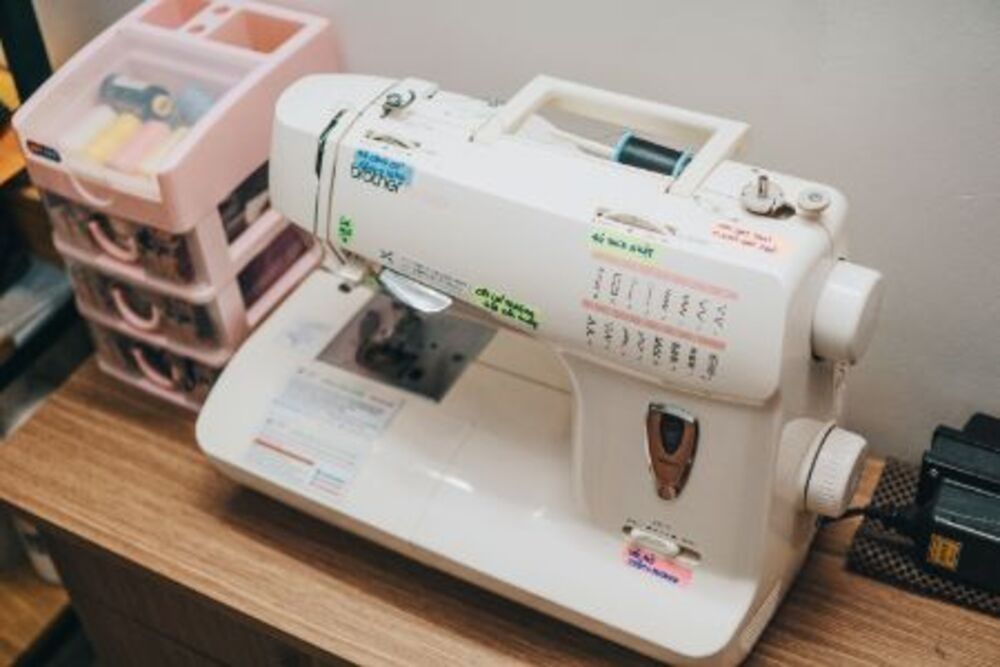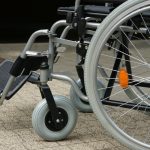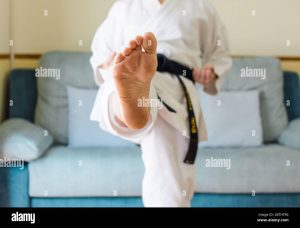
An industrial sewing machine is essential if you plan to launch a home business or expand upon an existing hobby, yet choosing the appropriate machine requires extensive consideration of factors like initial investment and operating costs.
As part of your choice of machine, take into account the fabrics you plan on using. Estimate how much fabric will be produced each day or month and find one which can deliver peak performance without creating excessive wear and tear.
Stitch Types
Industrial machines provide you with the ability to select the ideal stitch type for each process. Find out more about embroidery machine for beginners.
Lock stitch, chain stitch and zigzag stitches are among the most widely-used types. They look uniform on both sides of fabric, are very strong, and make excellent choices for weaving fabrics such as denim. Additionally, these stitches can also be used to sew seams together.
There are also industrial machines designed specifically to hem, bind, and add decorative effects to fabrics. One such machine is the coverstitch machine which creates overlock stitching on both the front and back sides of fabric – many shirts you wear today were likely hemmed using coverstitches!
Another key element is the type of motor used by the machine. Some are equipped with clutch motors while others use servo motors; clutch motors typically produce more noise and are less efficient; however they can handle heavier materials such as leather and canvas more efficiently than their servo counterparts.
Workspace
An investment in a reliable industrial sewing machine is vital to any sewing business. Selecting one ensures smooth production processes, reduced downtime, and quality results – plus allows you to tackle various projects for different clients such as embroidery, bar tacking and more!
Evaluate the types of fabrics and materials you work with when choosing a machine suitable to handling them without compromising stitch quality or leading to excessive wear and tear. Opt for one with an appropriate needle system, feed mechanism and presser foot height so as to minimize damage while producing consistent results.
Consider your workspace and whether or not it can accommodate a large industrial sewing machine. Be sure that there is enough room for supplies, tools and fabrics storage. Furthermore, ensure the area can be reached easily for maintenance or repairs as well as considering noise level requirements, power consumption requirements and energy consumption when choosing an industrial sewing machine that best matches your work environment.
Initial Investment
Industrial sewing machines are used by those who sew for a living – from dressmakers and alteration specialists to people selling home furnishings such as curtains. Compared to regular domestic machines, industrial ones can sew thicker fabrics such as upholstery fabric and denim with ease.
Leather sewing machines also possess the capacity of sewing leather; however, this comes at a greater expense compared to domestic machines; additionally they tend to be stronger and faster.
Consider how much work you expect to accomplish each day and select a machine capable of supporting it without incurring excessive wear and tear, which will ensure consistent quality while decreasing repair costs.
Brand of machine you purchase will also play an integral part. Singer machines are known for their durability and reliability and are frequently used in general purpose applications. Meanwhile, Consew provides heavy-duty industrial machines designed specifically for leatherwork or canvas production.
Operating Costs
Operating costs associated with industrial sewing machines can differ depending on factors like machine type, stitch type and other features such as programmability or touchscreen capability. Energy consumption and power requirements also have an effect.
Selecting the ideal machine for your business requires taking into account what materials and garments it will be working with regularly in order to produce high-quality results that comply with industry standards and operate at high speeds for increased productivity and efficiency.
Selecting the proper machine can also enhance your bottom line by cutting labor costs. Furthermore, it is vital to assess your financial resources and establish what budget can afford an industrial sewing machine purchase – this will allow you to determine if opting for an expensive model is suitable.




